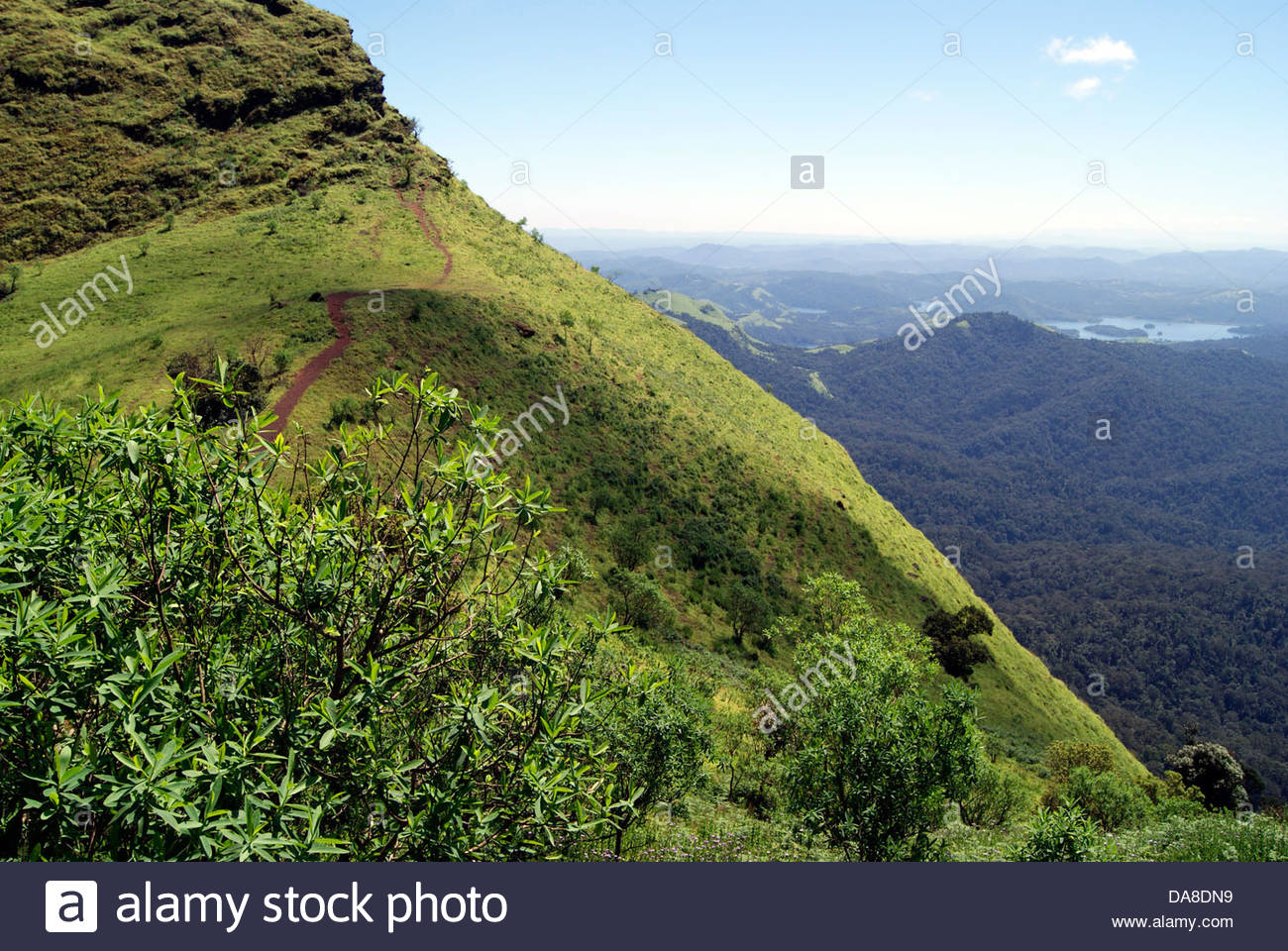RAMAYANAM : A TEXT BOOK FOR HUMANITY -2.
23/09/2018
2.
Then Brahma himself, the Creator of the world, appeared before the poet and said, "Sing Rama's charming story in the same melodious metre. As long as this world endures, as long as the stars shine in heaven, so long shall thy song spread among men". So saying Brahma vanished. He inspired the poet with the knowledge of Sri Rama's whole story; whereupon Valmiki sat down in meditation and saw every event in Sri Rama's story in detail in his Yogic vision. Then he began to write the Ramayana. The melody of Ramayana was born from a heart of love and pity for the wounded bird.
When applied to Ramayana, the verse of Valmiki sung out of pity for the Krauncha, can be interpreted thus: Sri Rama and Sita represent the two Kraunchas. Ravana represents the cruel hunter. Sita was cruelly separated from Rama by the cruel hunter Ravana. There is a slight similarity in these cases. The hunter's cruel act was a forerunner to Valmiki's inspiration to narrate the Ramayana.
Valmiki Ramayana contains 24,000 verses which have been grouped into 500 Chapters and that again into seven Kandas or sections, viz., Bala, Ayodhya, Aranya, Kishkindha, Sundara, Yuddha and the Uttara Kandas. In contains genuine classical Sanskrit poetry. Rama's young sons, Kusa and Lava, were the first reciters to the world, who sang to music this reputed work. They came in the garb of ascetics from the hermitage of their teacher Valmiki, and sang the wonderful poem in the presence of their father Rama and other heroes of the story.
The Ramayana is a marvellous book which contains the essence of all Vedas and all sacred scriptures. It is a treasure for man. It is a reservoir which contains the nectar of Immortality. It delineates the character of a son who kicks off the throne and the pleasures of the senses and the world to fulfil the words of his father and lives in the forest for a period of fourteen years.
It depicts the character of a father who sends even his most beloved son in exile in order to keep up his word. It delineates the character of an ideal, chaste wife who is devoted to her husband till the end of her life, shares his adversities, and serves him untiringly in the forest, and who also regards her husband as God.
Above all, it also points out the character of a brother, who places brotherly affection above everything else in this world and follows his brother in the forest leaving all pleasures of the palace and leading the way to ward off all dangers. The description of nature in Ramayana is most sublime and beautiful. One can actually feel that the hills, the rivers, the trees, and the birds are really one with human joys and sorrows. The description of battle-scenes is magnificent.
The chief characteristic of Ramayana is simplicity. Pathos and tenderness run through the whole poem. Poetry and morality are charmingly united. There is loftiness of moral tone. The Ramayana has a historical basis. It is a book of antiquity. It is not a mere allegoric poem. It is a marvellous inspiring book for all times, that has loomed large for centuries over the destinies of millions of people and will certainly continue to do so for ages to come.
To be continued ..






Comments
Post a Comment